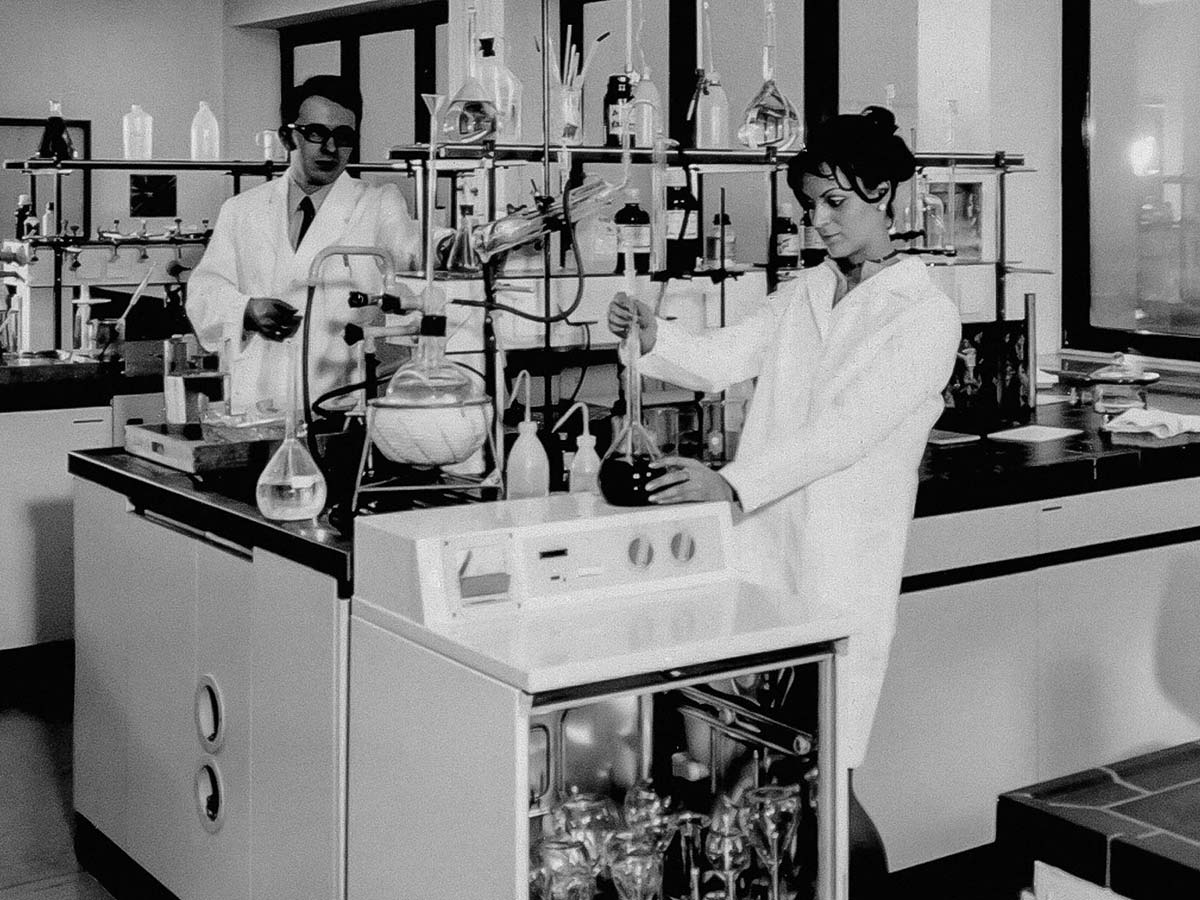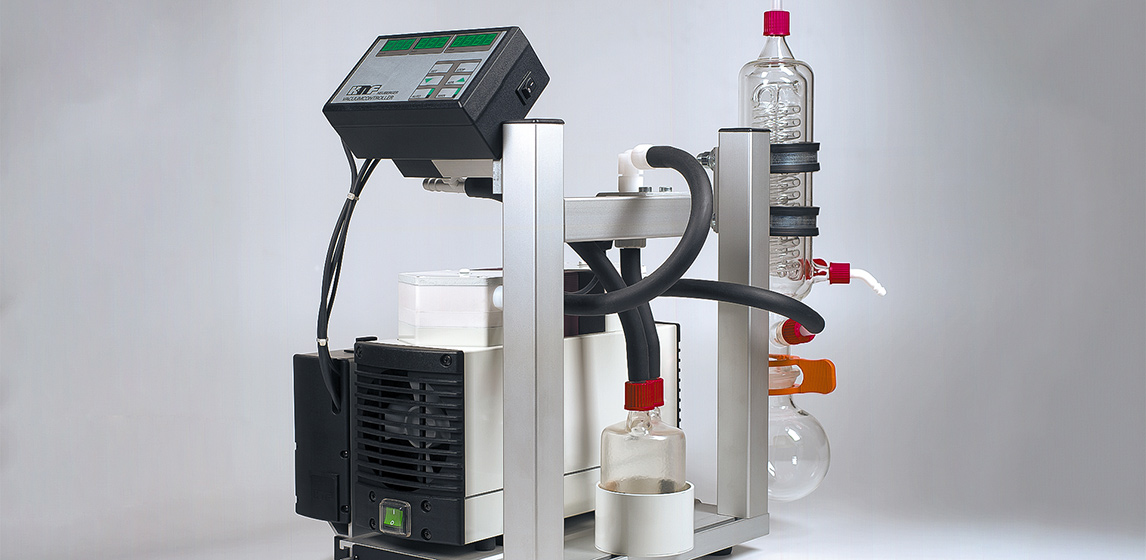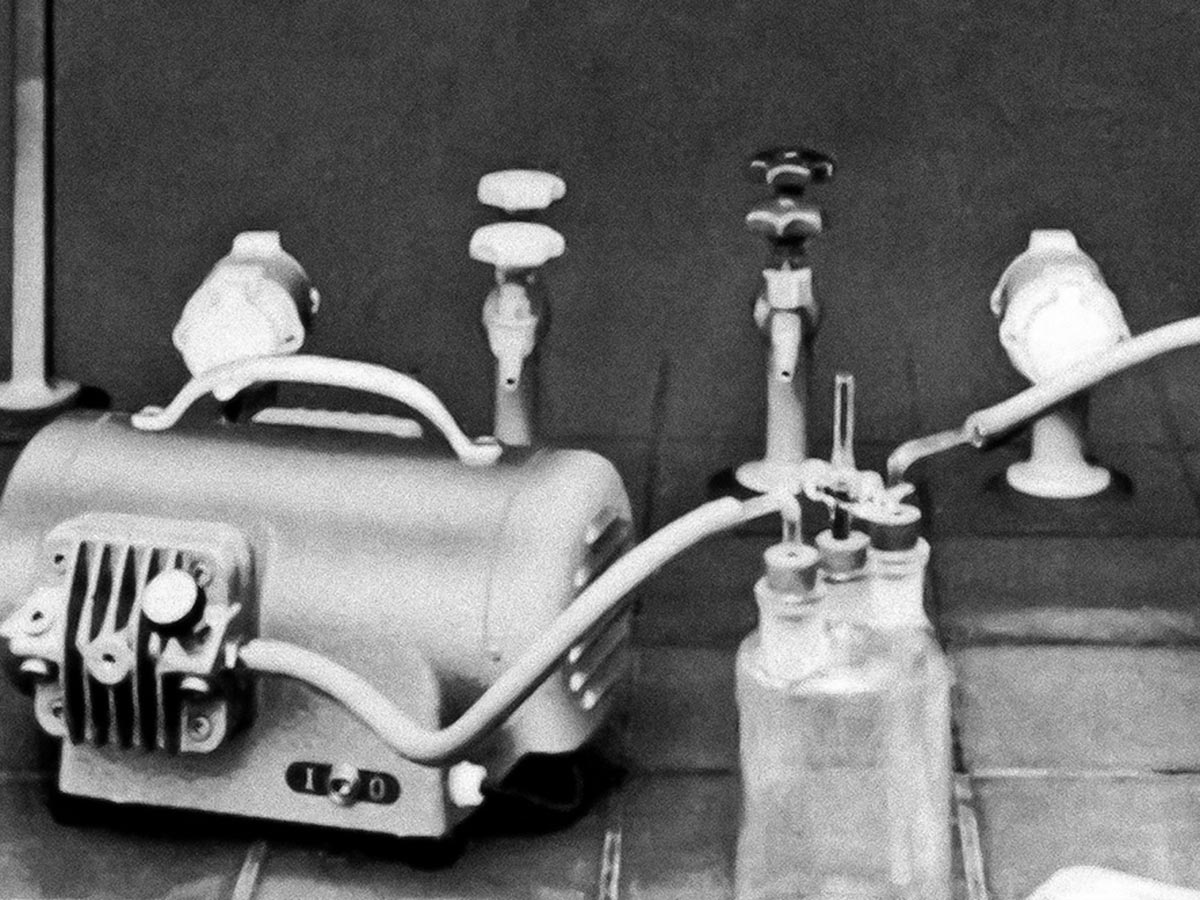Manufacturing the First KNF Diaphragm Pumps
From shed to design office

The first KNF diaphragm pump is built in a shed behind the actual company building on Habsburgerstrasse in the early 1960s. It is there that general manager Erich Becker and his plant manager Heinz Riedlinger (who later becomes the director of the engineering office) can be found tinkering around on the new product day and night. Meanwhile, in the factory building, the other employees go about the main business – manufacturing thread cutting machines, grinding twisting rings for ring spinning machines and refurbishing engines.
Erich Becker and Heinz Riedlinger are looking to develop a product that is capable of securing the future of Kurt Neuberger KG. And their goals are quite ambitious right from the start. They seek to use the diaphragm pump to tap into new markets – initially in industry and medicine in Germany, with hopes of eventually striking it big internationally. But first, a few technical improvements have to be made to the pump’s predecessors.
Diaphragm pumps have a poor reputation at the time. Their service life was short and their performance limited. However, KNF is able to use a few engineering tricks to address these deficiencies. The company soon registers its first patent and presents its first pump: the AL 15. The AL 17 follows shortly thereafter, boasting a flow rate of 20 liters per minute. These two pumps constitute the company’s first product series – the AEROMAT series – and help Erich Becker gain a foothold in the laboratory sector.
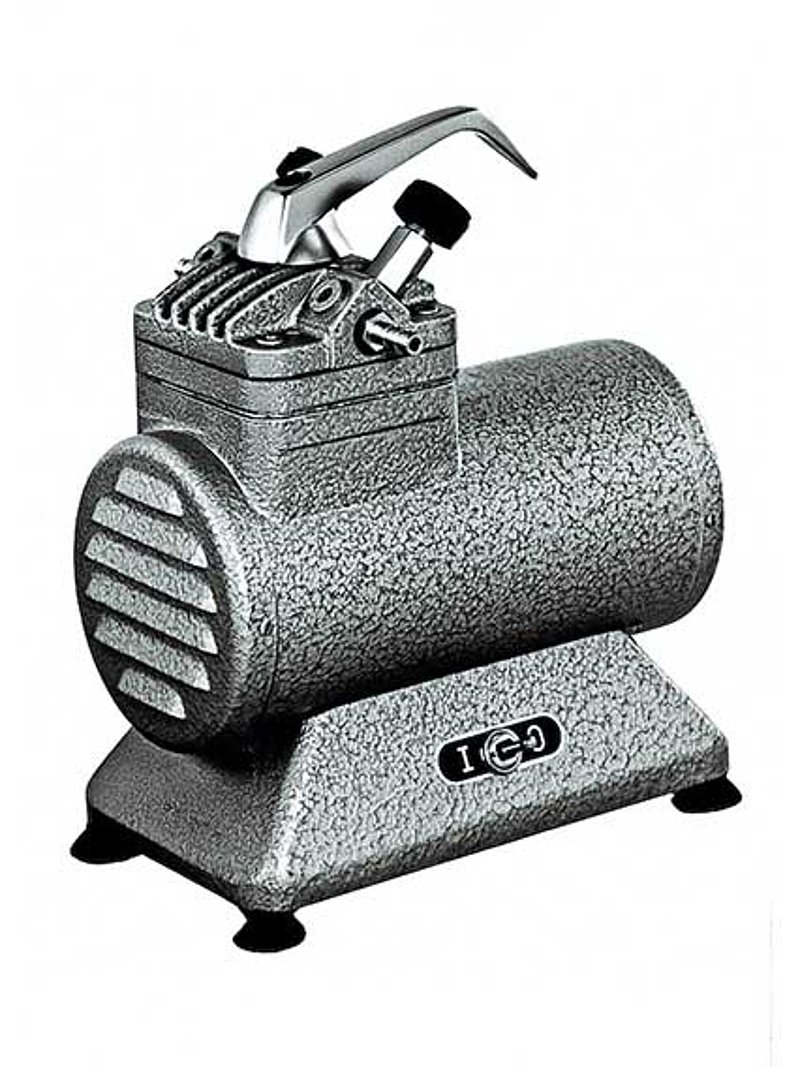
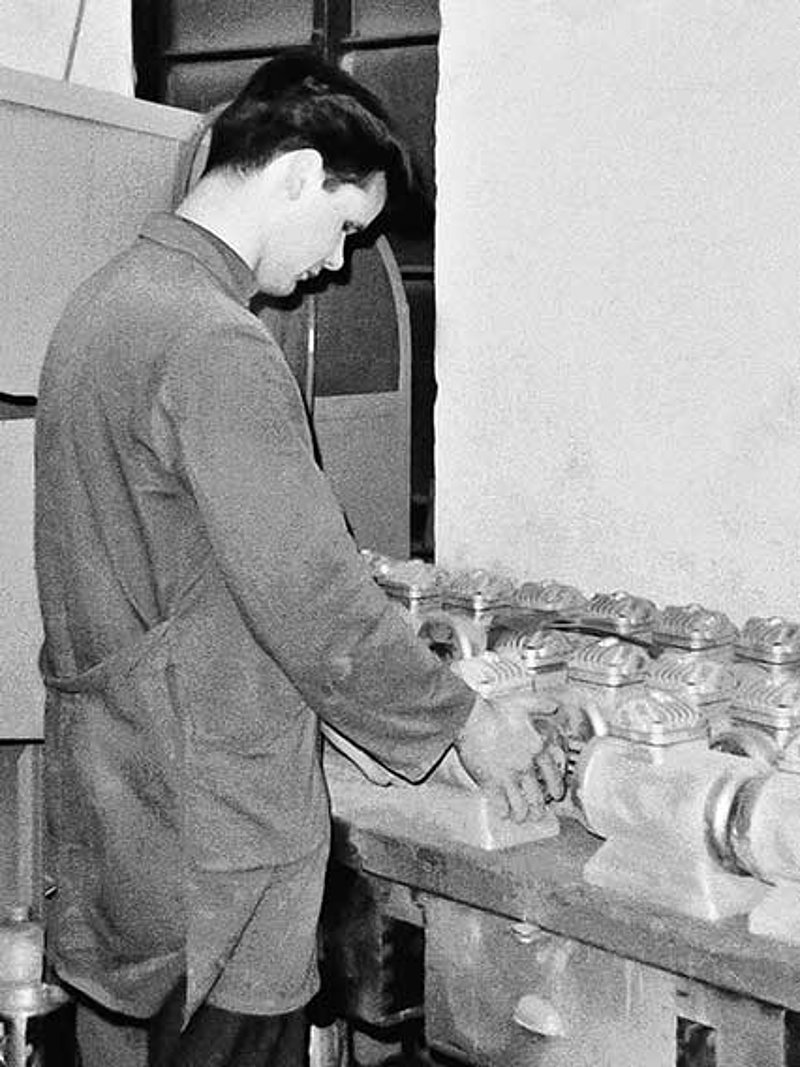
Becker travels all across Germany to present his products to laboratory equipment distributors, but despite his best efforts, only very few products are sold. And yet, his journeys are not in vain. They enable him to collect valuable information that he can incorporate into his work in Freiburg. At the time, laboratories rely on water jet pumps to generate pressure. While reliable, these pumps consume a lot of drinking water. To stand a chance of replacing them, the diaphragm pump needs to achieve a maximum pressure of 20 mbar. KNF comes up with the idea of connecting two AEROMAT pump heads in series. With the resulting Picco pump – the NK 25 – KNF achieves the company’s long-desired breakthrough into the laboratory sector.
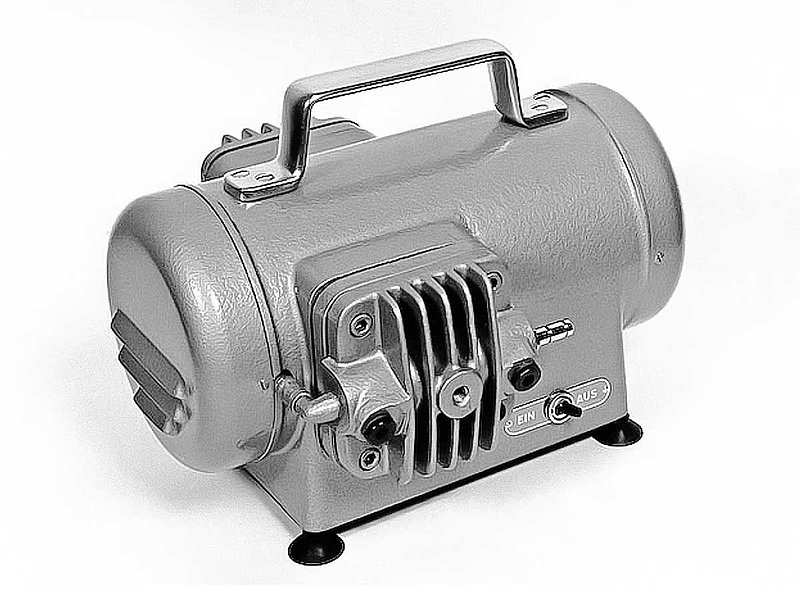
And so KNF enters new territory. Hardly any other companies are manufacturing diaphragm pumps for use in laboratory and medical equipment. Thus, the small Freiburg company is finally able to make a name for itself with its inventions. And its success in the laboratory is only the beginning. KNF systematically expands its range of pumps. One milestone is met with the development of a pump that can transfer solvent-based gases and vapors. Different materials are tested for the pump’s various components according to the given application, marking the advent of the modular system that enables KNF’s supreme flexibility today.
In 1969, KNF moves to its new location in Freiburg-Munzingen. Finally, it has the space it needs for its own design department, which allows KNF to continuously and, above all, rapidly expand its range of diaphragm pumps. The era of long, cold nights spent in the shed are finally over.


